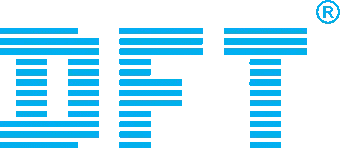Production Process
We apply the Agile model to software production.

A team of high-tech implementation experts
Agile encourages continuous collaboration between team members, customers, and stakeholders to ensure that the quality and value of the product are continuously improved throughout the development process.
Agile is a flexible project and software management methodology designed to adapt to the rapid and continuous changes in project requirements.
Instead of following the traditional development process with fixed stages, Agile breaks the project down into smaller parts called "sprints" (typically lasting from 1 to 4 weeks). Each sprint completes a portion of the product, allowing the team to focus on smaller goals, receive quick feedback from the customer, and flexibly adjust the product according to new requirements.
200+
Projects
10+
Years of experience







